Ah, the simple joys of raising chickens! But behind every contented cluck lies a careful balance of nutrition and care. That’s where a chicken feeding calculator swoops in to save the day.
Chicken Feeding Calculator

Feeding Schedule For a Chicken
Creating a feeding schedule for your feathered flock is akin to choreographing a dance—timing is everything, and everyone needs to be in step. Here’s a simple breakdown:
Remember, consistency is key! Stick to a routine to keep your chickens happy and healthy.
| Stage | Type of Chicken | Feed Type | Amount per Day | Amount per Week |
|---|---|---|---|---|
| Chicks | Newly Hatched | Starter Mash or Crumbles | 0.25 – 0.33 lbs (per chick) | 1.75 – 2.31 lbs (per chick) |
| (0-6 weeks) | Grower | Grower Ration | 0.5 – 0.75 lbs (per chick) | 3.5 – 5.25 lbs (per chick) |
| Adult Chickens | Laying Hens | Layer Ration | 0.25 – 0.33 lbs (per hen) | 1.75 – 2.31 lbs (per hen) |
| (20+ weeks) | Non-Layers | Maintenance or All-Flock | 0.25 – 0.33 lbs (per bird) | 1.75 – 2.31 lbs (per bird) |
Remember, chickens are creatures of habit, so try to stick to a consistent schedule. They’ll appreciate the routine almost as much as they appreciate the grub.
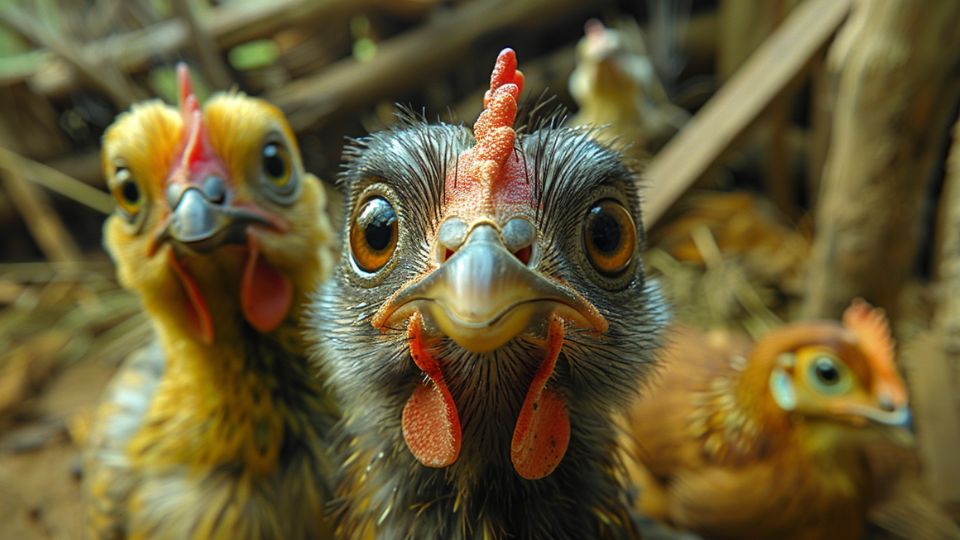
Good Food To Feed Your Chicken
Now, let’s talk about the good stuff—the delicious treats that’ll have your chickens clucking with joy. Here are some top picks:
Remember to offer a balanced diet and plenty of fresh water to keep your chickens happy and healthy.
What Not To Feed a Chicken
Now, let’s talk about the flip side—the foods that should never grace your chicken’s beak. Here’s what to avoid:
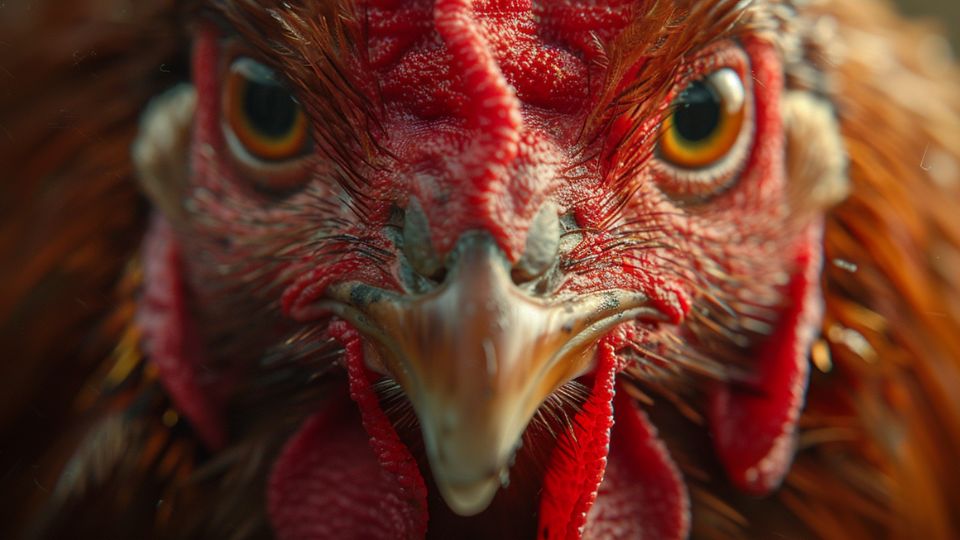
Chicken Feeding Summary
| Food | Description |
|---|---|
| Commercial Feed | Pellets, crumbles, or mash formulated for chickens. |
| Grains | Corn, wheat, barley, oats, rice, millet. |
| Seeds | Sunflower seeds, pumpkin seeds, flaxseeds. |
| Vegetables | Leafy greens (lettuce, spinach), carrots, broccoli, cabbage, kale, peas, cucumbers, squash. |
| Fruits | Apples, bananas, berries, melons, grapes, oranges, peaches, pears. |
| Protein Sources | Mealworms, earthworms, crickets, insects, cooked eggs (scrambled or boiled), fish. |
| Dairy Products | Yogurt, cheese (in moderation). |
| Kitchen Scraps | Bread (in moderation), cooked rice, pasta, cooked vegetables, fruit scraps, leftovers (no meat). |
| Herbs and Greens | Parsley, basil, oregano, dandelion greens, clover, alfalfa. |
| Grit and Oyster Shell | Grit aids in digestion, and oyster shell provides calcium for eggshell formation. |
| Leftover Garden Produce | Tomatoes (in moderation), zucchini, pumpkins (seeds and flesh), and other surplus vegetables. |
| Weeds | Chickweed, plantain, dandelions (make sure they haven’t been treated with chemicals). |
| Small Quantities of Bread | Bread can be fed in moderation, but it shouldn’t replace their primary diet. |


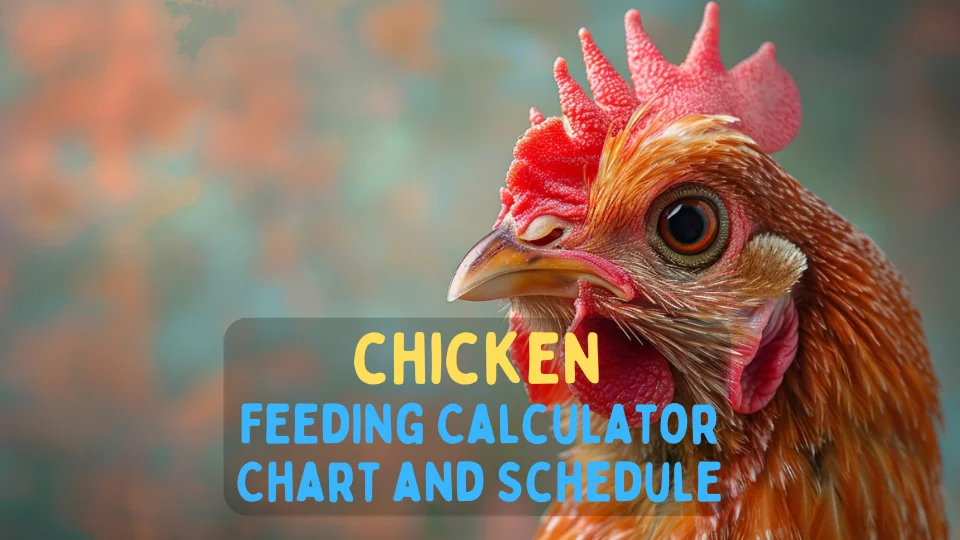


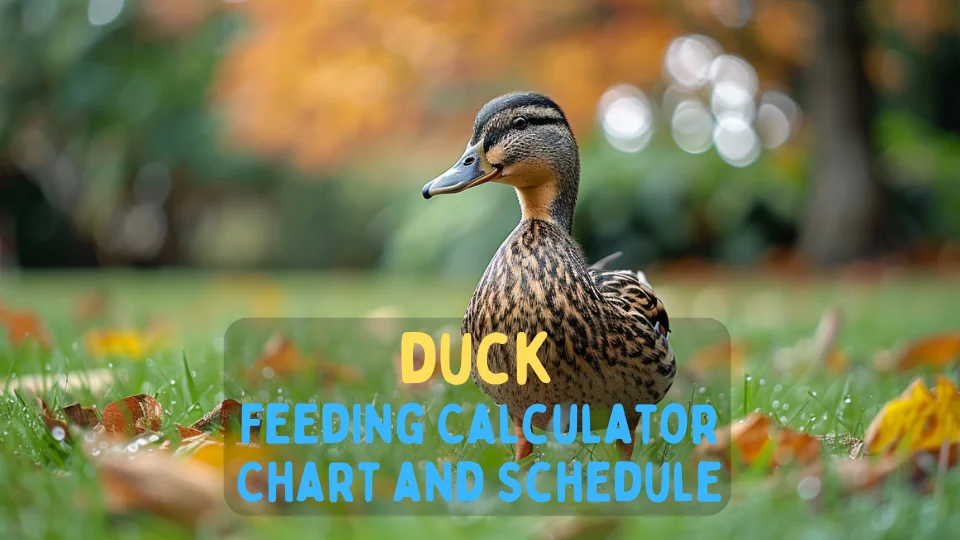
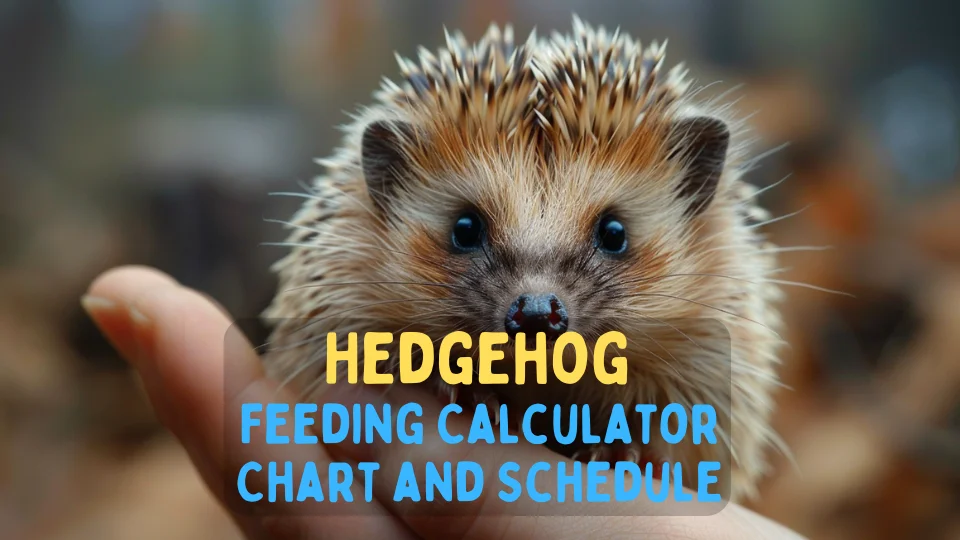

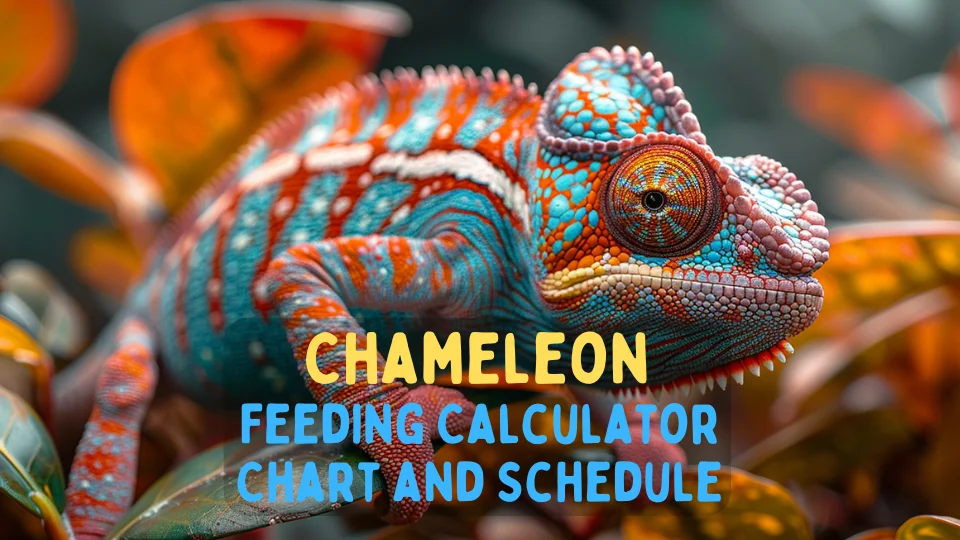
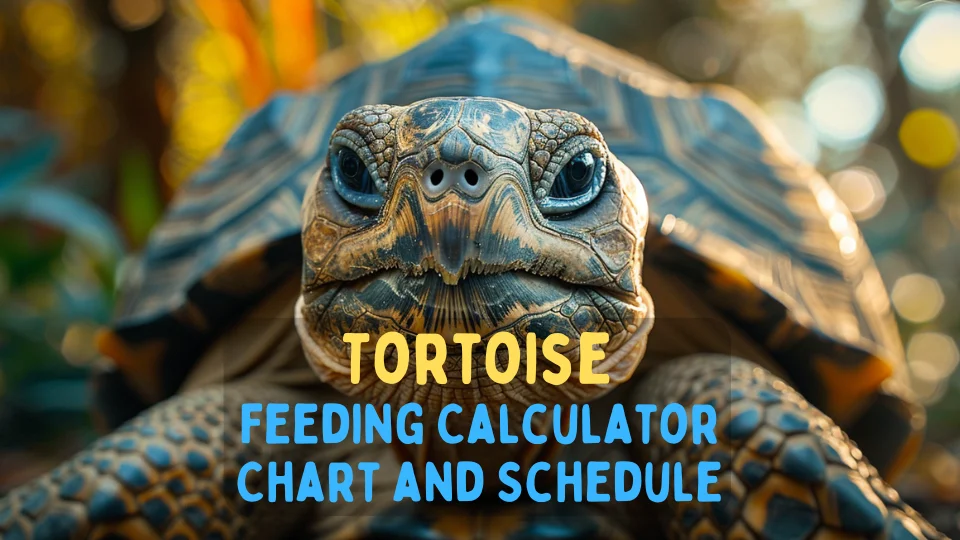
Leave a Reply